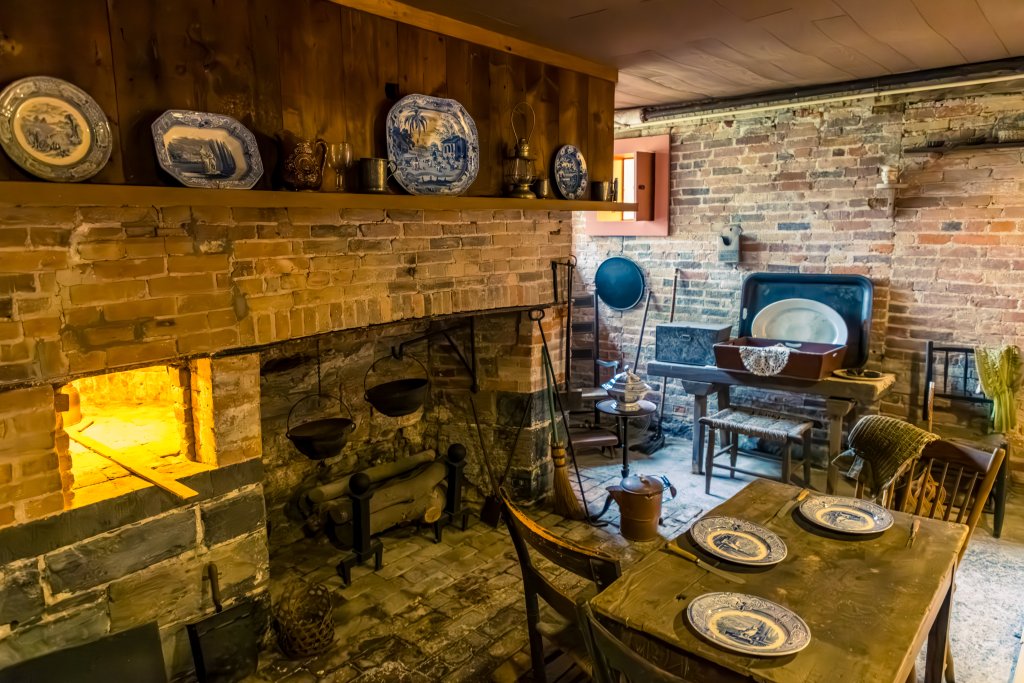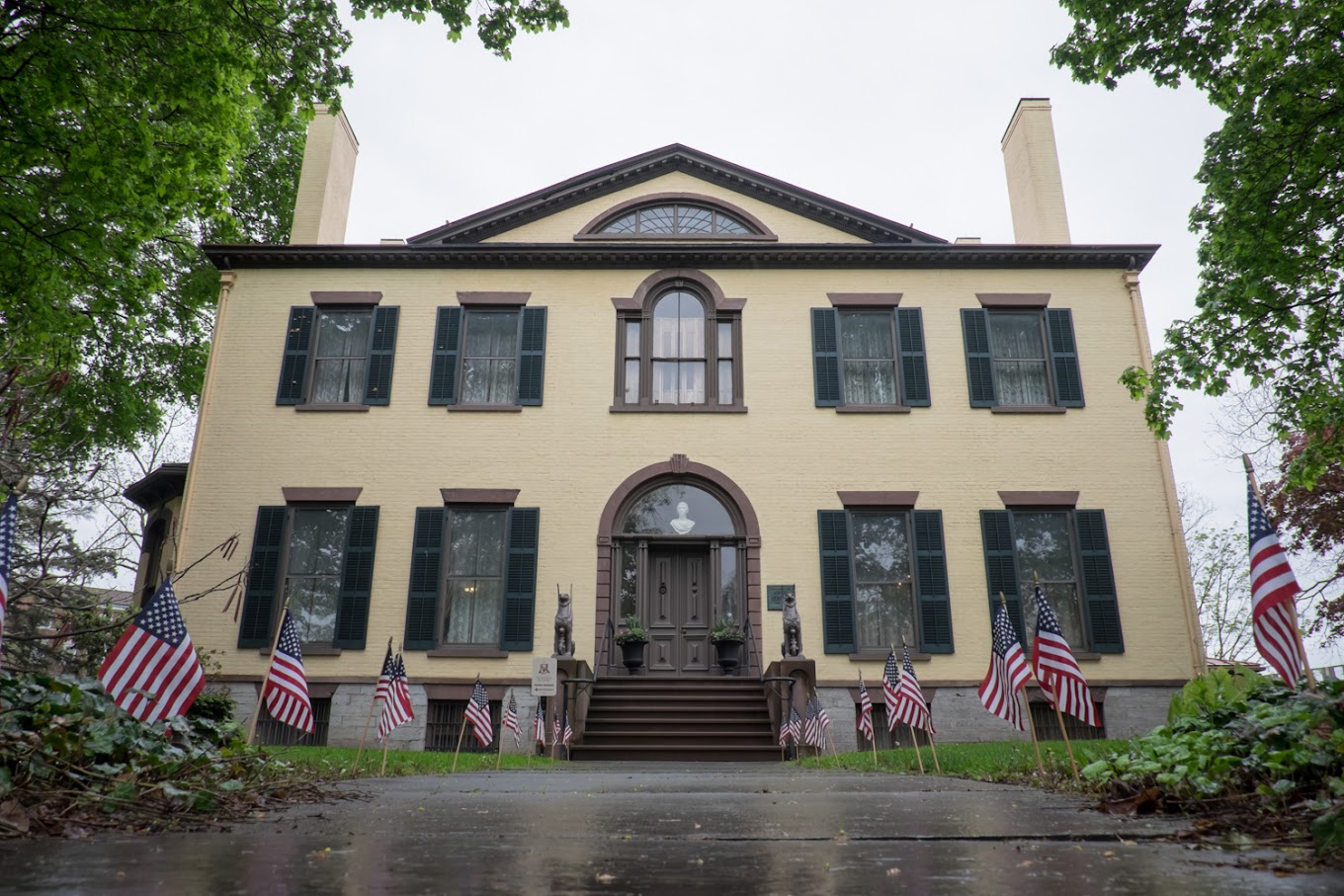
Harriet Tubman,
the Erie Canal and the
Flow of Freedom in Cayuga County
As we commemorate the Erie Canal’s bicentennial, there’s also an opportunity to reflect on how movement among passengers of the Underground Railroad aligned with the Canal’s path.
Cayuga County, Harriet Tubman’s chosen home and home to three villages through which the Erie Canal passes – Weedsport, Port Byron and Montezuma – offers a uniquely compelling perspective on how waterways, politics and people intersected in the pursuit of liberty and growth.
Navigating Toward Freedom
Completed in 1825, the Erie Canal revolutionized trade and transportation by linking the Hudson River to Lake Erie. However, its significance ran deeper than commerce. The canal and its towpaths became a hidden artery for the Underground Railroad. Freedom seekers followed these routes north, often with hopes of reaching Canada, where slavery had been abolished in 1834. The Erie Canal’s discreet and winding network of water and land routes provided cover and mobility, helping freedom seekers journey toward liberation.

Harriet Tubman, one of the most notable figures in abolition and human rights, had deep knowledge of natural landscapes. The flow and behavior of rivers and streams helped her read the land in ways few others could. While Tubman’s exact routes remain unmarked in many cases, it is known that she operated across upstate New York and may have been familiar with canal paths and tributaries that aligned with Underground Railroad routes.
After the Civil War, Tubman settled in Auburn, where she continued to care for others, opening a home for the aged and indigent. She also became active in the women’s suffrage movement, building on her lifelong dedication to justice and equality. Today, visitors can honor her legacy by following in her footsteps throughout Cayuga County by visiting the Harriet Tubman Home, the Harriet Tubman National Historical Park, and her final resting place at Fort Hill Cemetery.
William Seward: Canal Advocate and Ally
Another key figure in Cayuga County’s history is William H. Seward, a champion of both the Erie Canal and civil rights. Seward served as Governor of New York and later as U.S. Secretary of State under President Abraham Lincoln. He believed deeply in the canal’s importance to the state’s growth. He also believed in the moral imperative to end slavery, and he and his wife, Frances, were both confidants of Harriet Tubman. His home in Auburn – which can be toured by visitors today – served as a documented stop on the Underground Railroad, and he maintained a close relationship with Tubman, offering her land and legal support over the years.


In alignment with the Erie Canal Bicentennial events taking place in Cayuga County, visitors can gain deeper insight into his views on the Erie Canal by attending the June 17 event, William Seward & His Views on the Erie Canal at the Brutus Historical Society. And for a closer look into his and his wife’s home, life and ties to the Underground Railroad and abolition, visitors can tour the Seward House Museum and see the very room that served as a stop on the Underground Railroad.
Commemorating the Bicentennial

Throughout 2025, Cayuga County is commemorating the Erie Canal’s 200th anniversary with a series of events and activities that celebrate the canal’s historical significance. Explore our Erie Canal Bicentennial Celebration page to discover tours, talks, exhibits and more.
Sources:
https://eriecanalway.org/learn/history-culture/social-reform
https://www.pbs.org/video/how-the-erie-canal-and-the-underground-railroad-were-connected-efdgbb